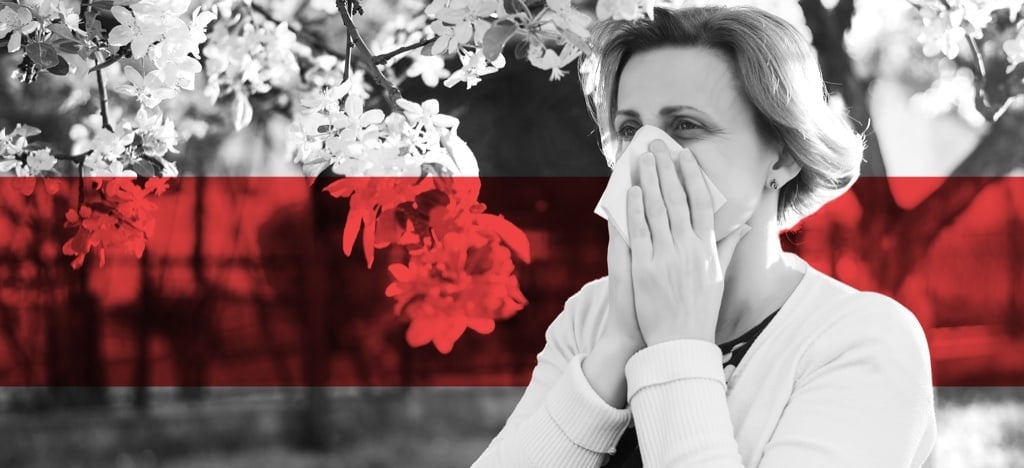What Causes Allergies?
Your immune system works to protect your body from dangerous substances, such as viruses or bacteria. However, sometimes it overreacts, responding to foreign substances called allergens. These allergens are usually harmless and do not affect most people, but in a person with allergies, the immune system launches a response and releases chemicals, such as histamines. When these chemicals are released, you experience allergy symptoms.
If your allergies are triggering sinus problems, you are most likely breathing in allergens. Some of these common allergens include:
Pollen
Dust mites
Mold and mildew
Pet and other animal dander
What Are Allergy Symptoms?
Allergy symptoms will begin shortly after contact with the allergen and can last as long as exposure to the substance continues. Some common signs of allergies include:
Runny or stuffy nose
Itchy nose and throat
Nasal swelling and congestion
Sneezing
Itchy, watery, red eyes
How Can Allergies Cause Sinus Pressure?
Your sinuses are empty cavities in your cheekbones, around your eyes and behind your nose that filter and moisten the air you breathe. Normally, these cavities are lined with a thin layer of mucus to trap dust, germs and other particles. Tiny hair-like cells called “cilia” sweep this mucus toward the back of the throat where it slides into the stomach.
However, allergens cause your immune system to respond, increasing mucus production and making your nasal tissues swell. The nasal swelling blocks the cilia and prevents the normal flow of mucus from your sinuses to the back of your throat. As a result, mucus becomes trapped in your sinuses, causing inflammation and more swelling.
What started as a simple allergy has now turned into sinus congestion around your nose, eyes or forehead. You also might experience other symptoms of a sinus infections, such as:
Thick, discolored nasal drainage
Postnasal drip
Ear fullness or headache
Cough
Toothache
Consult your doctor if you think you may have a sinus infection.
What Sinuses Are Causing Your Sinus Pain?
Frontal
In your forehead, vary greatly in size.
Ethmoid
Behind your nose and between your eyes, about the size of a matchbox.
Maxillary
Behind your cheekbones, between the bottom of your eyes, and the top of your upper jaw, about the size of a large walnut.
Sphenoid
Deep in your head behind your nose, about the size of a large grape.
Tips for Sinus and Allergy Relief
When allergy symptoms lead to sinus pressure and pain, you can take the steps below to avoid common allergens. If symptoms become severe, contact your doctor for allergy treatment.
Track Pollen
Weather services and the local news often have pollen forecasts. When you know allergens in the air will be high, stay inside or limit your exposure to the outdoors during certain seasonal periods of the year. The best time to go outside is after it has rained.
Wash Allergens Away
When you come inside, change clothes and consider taking a shower to remove allergens from your hair and skin. If not immediately, do this before sleeping so that you do not transfer allergens to your bed.
Filter Your Air
Air conditioners, especially when set to recycle internal air, can help limit outdoor allergens. You can also try a portable HEPA (high-efficiency particulate air) filter at home or work to reduce allergens in the air around you. Remember that open windows can let allergens in.
Chill Out & Relax
Try cooling your face to ease sinus pressure and pain by using an ice mask, bag of ice or cold compress on your eyes, nose and forehead. Relieving stress by gently massaging your neck and shoulders can help you relax and prevent sinus symptoms from feeling worse.


